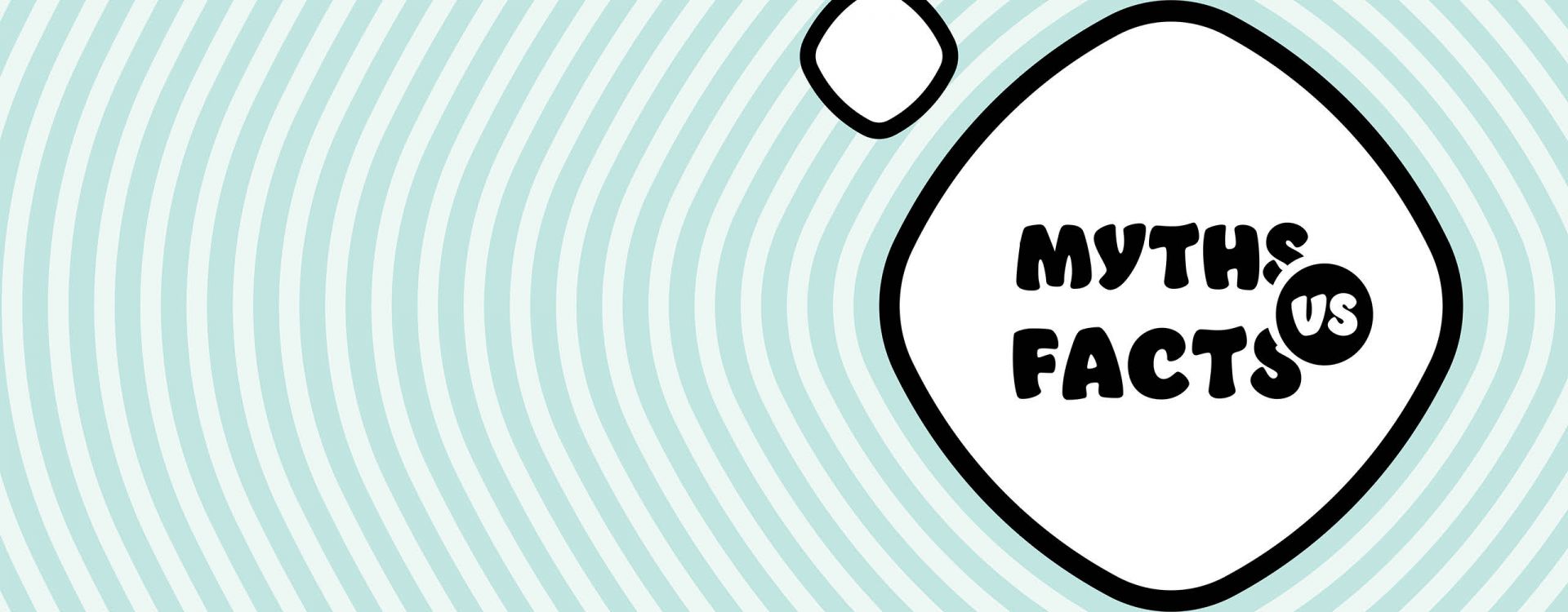For people who have been diagnosed with an immune system disorder, blood disorder, cancer or a metabolic disorder, a stem cell transplant may be their best hope at curing or slowing their illness. In fact, since the first successful cord blood transplant in 1988, more than 85,000 cord blood transplants have been performed to treat cancers, inherited disorders of metabolism and genetic disorders of the blood and immune system.
Here, we look at what makes cord blood stem cells unique, how they may be used — today and in the near future — and the difference between public and private banking.
What Is Cord Blood?
Cord blood is drawn from the blood remaining in the umbilical cord after it has been clamped and cut. It’s one of three sources of the blood-building hematopoietic stem cells (HSCs) used in life-saving transplant treatments for diseases such as leukemia, lymphoma, anemia, and many metabolic and immune system disorders.
The other two main sources of HSCs are culled from bone marrow and peripheral blood.
Bone marrow requires a rather painful surgical procedure using general anesthetic and a long needle inserted into the hip or sternum.
Peripheral blood is the blood circulating through the donor’s system which is filtered for stem cells and then put back into the donor’s body.
14 Cord Blood Statistics
1. More than 6 million cord blood units are banked worldwide.
Most of the cord blood units banked worldwide are in private or family banks [*][*]. Only about 800,000 of the units are stored in public banks. The first cord blood bank was established in 1992, founded by Dr. Pablo Rubinstein at New York Blood Center (NYBC), and funded by the National Heart, Lung and Blood Institute (NHLBI) of the National Institutes of Health (NIH) [*].
2. The odds of using cord blood stem cells may be as high as 1 in 3.
Scientists predict that 1-in-3 people would benefit from regenerative medicine therapy using stem cells by age 70, for diseases like cerebral palsy, stroke, spinal cord injury, and Parkinson's [*]. With more than 5,200 clinical trials initiated exploring new therapies using cord blood stem cells, this number is likely to grow in tandem with new stem cell treatments. [*].
When it comes to heritable disorders, the statistics on use are relative to the prevalence of the disease; whether there is a stem cell treatment for it; and if it is possible to use the donor’s own stem cells, or if an allogeneic transplant (sibling or other donor) is required due to a genetic defect [*].
For about 30% of the 80 diseases already FDA-approved using cord blood stem cells, a transplant physician prefers to use the child’s own stem cells. For the remaining 70%, a transplant physician prefers to use the stem cells from a related donor, such as sibling or child, to treat the patient [*].
3. It takes about 1-2 weeks to retrieve cord blood stem cells from a private bank — much faster than bone marrow or peripheral blood stem cells.
It can take 3-6 months to get stem cells from bone marrow or peripheral blood, if a match can be found at all.
It only takes 1-2 weeks to retrieve cord blood stem cells from a private bank [*], and the stem cells will be a perfect genetic match for the child that they came from, and a high probability of a suitable match for siblings and parents.
4. Cord blood is more likely to match than bone marrow or peripheral blood stem cells.
In addition to being available faster, cord blood stem cells do not require a perfect HLA match between donor and patient because cord blood cells are immunologically naive, i.e., not exposed to infections or DNA degradation. This makes them more tolerant of a mismatch between donor and patient [*].
5. Mixed-race and ethnic minorities may have a harder time finding a match in a public cord blood bank.
Minority donors and those of mixed race are underrepresented in the national pool of donors — and because HLA markers are inherited, patients often won’t match the HLA type of a donor of a different race or ethnicity. According to Be The Match, the odds of finding a match based on ethnic background are as follows [*]:
It is recommended that everyone bank their baby’s cord blood, however, parents who do not know their medical history, for reasons like adoption or assisted reproduction with donor egg or sperm, are also good candidates for private cord blood banking.
6. More than 80 cord blood stem cell treatments are FDA-approved.
These include blood disorders, cancers, immune disorders, and metabolic disorders.
7. Cord blood contains many types of stem cells, not just HSCs.
In addition to the hematopoietic stem cells (HSCs) used in many transplant treatments, cord blood contains a mix of different types of stem cells in quantities not seen in any other location. These include embryonic-like stem cells, endothelial stem cells, epithelial stem cells, mesenchymal stem cells, and unrestricted somatic stem cells [*].
8. The success rate of cord blood stem cell transplants is better than other types of stem cell transplants.
Cord blood transplant rates have better success rates to that of bone marrow and peripheral blood [*]. Data on success rates varies greatly on the disorder being treated. According to the Cleveland Clinic, recent data indicates that the greatest number of stem cell transplants (across all sources) were performed on patients with multiple myeloma or Hodgkin or non-Hodgkin lymphoma. The three-year survival rates were as follows [*]:
-
Multiple myeloma: 79% alive after 3 years
-
Hodgkin lymphoma: 92% alive after 3 years
-
Non-Hodgkin lymphoma: 72% alive after 3 years
9. The first cord blood transplant was performed in 1988.
Matthew Farrow had Fanconi Anemia. His parents had a second child (Alison) conceived with the help of assisted reproduction — a savior sibling — in hopes of saving his life. Both brother and sister are alive and have children of their own today [*].
More than 85,000 cord blood transplants have been performed since then [*].
10. Cord blood transplant patients have a roughly 10% lower rate of GVHD than patients who had bone marrow transplants.
Graft-versus-host-disease is a major complication of stem cell transplants. Patients who have cord blood stem cell transplants using matched sibling cord blood have a lower incidence of developing acute and chronic GVHD than those with the same type of donor’s bone marrow [*].
In one study published in the New England Journal of Medicine, the cumulative incidence of acute GVHD (all grades) occurred after cord blood transplant in 14% of patients, as compared to 24% of bone marrow transplant patients. Chronic GVHD occurred in only 5% of cord blood transplant patients surviving after 90 days and 14% of bone marrow transplant patients. After 3 years, the incidence of GVHD was 6% for cord blood recipients and 15% for bone marrow recipients [*].
11. Cord blood stem cells have four times the regenerative properties of bone marrow stem cells.
Even though cord blood contains fewer stem cells than bone marrow, the stem cells from cord blood proliferate more than those from bone marrow [*]. In one study, cord blood mesenchymal stem cells were capable of expanding 20 times while bone marrow stem cells expanded only 5 times [*].
12. Cord blood can remain viable indefinitely.
All available scientific data suggests that cord blood that is cryogenically frozen at the proper temperature should remain viable indefinitely. Several studies have shown that cord blood specimens that have been cryogenically preserved (with the longest study to date evaluating cord blood that was cryogenically stored for 26 years) have the exact same biological composition as they did at the time of their initial preservation.
13. Cord blood collection and storage is well regulated.
The FDA regulates unrelated cord blood transplants as a drug, but cord blood for autologous (self) transplants do not require the FDA’s approval [*]. That said, both private and public cord banks must register with the FDA and comply with handling requirements [*]. The Association for Advancement of Blood & Biotherapies (AABB) is the most prominent of several scientific associations that provide guidelines on standards for safe handling, collection, and storage, and offer accreditation [*].
14. 80% of cord blood samples donated to public cord blood banks are not stored for future transplantation.
Public cord banks have the option to discard your donated sample; In fact, 80% of publicly donated samples are not stored for future transplantation [*]. Public banks also do not collect cord tissue — a rich source of mesenchymal stem cells (MSCs) used in regenerative medicine for their ability to differentiate into many different types of tissue [*].
The First Cord Blood Stem Cell Donor Banks Her Baby’s Cord Blood With MiracleCord
Alison Farrow, whose cord blood saved her brother Matthew’s life, banked her family’s cord blood with MiracleCord.
“While we were researching options, we discovered that MiracleCord’s lab is one of the best labs in the country. We were looking for a company that we could have faith in, not just for the security of the initial storage but also for the many years that would follow.
Because this is not something that we take lightly, we were very happy to find a place that seemed to care not only about the scientific aspect of cord blood banking but also about the people who were putting their trust in them.”
Find out why MiracleCord was awarded Best Cord Blood Bank in the US by Global Health & Pharma, and learn more about cord blood banking by downloading our Free Info Kit.
The Bottom Line
Cord blood stem cells presently treat more than 80 life-threatening conditions, and the future looks promising for the development of many more novel therapies.
MiracleCord is dedicated to making cord blood banking affordable for all families.
DISCLAIMER: THE INFORMATION ON THIS WEBSITE IS NOT INTENDED TO BE USED AS MEDICAL ADVICE.The materials and information contained on the MiracleCord website is provided for educational and informational purposes only, and is not intended to, and does not constitute, medical or other health advice or diagnosis, and should not be used as such. You should not use this information to diagnose or treat a health problem or disease. If you are seeking personal medical advice, you should consult with a licensed physician. Always consult with a qualified health care provider regarding a medical condition.




